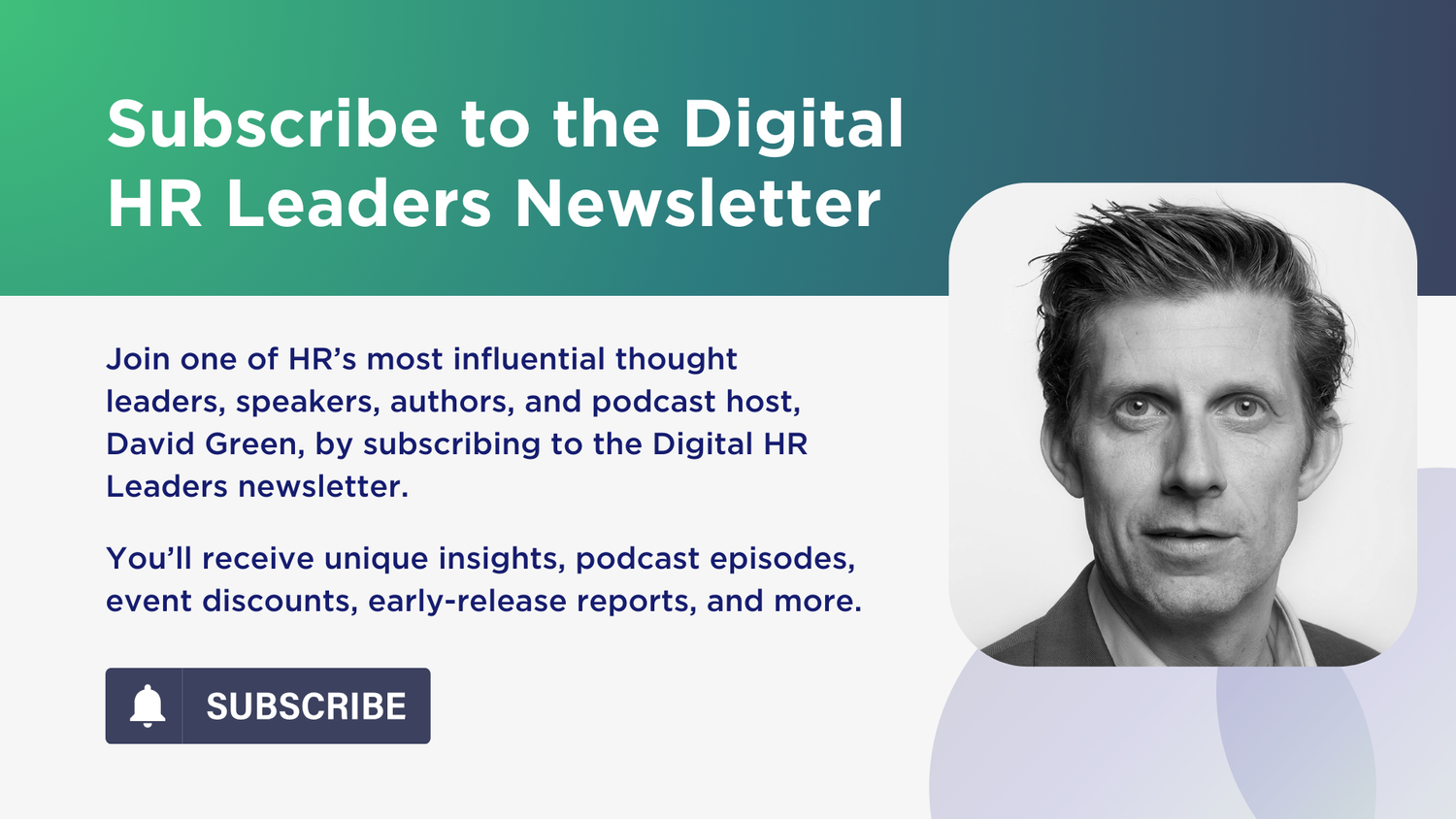Bridging the Gap from Insight to Impact in People Analytics
An ongoing struggle for people analytics is the translation of insights into impactful actions. As Piyush Mathur put it on the Digital HR Leaders Podcast: insight without action is just overhead. The imperative to demonstrate impact is becoming urgent, because people analytics teams have received significant investments in the past several years, often growing while the rest of HR stagnated or contracted. Making recommendations is not sufficient; impact is created through action.
C-Suite Influence: The Key to Impactful People Analytics
Insight222’s People Analytics Trends Report collected data from over 270 global organisations to understand how to deliver value. One key finding is that leaders of the most effective people analytics teams are better able to influence the C-Suite. These leaders are able to get their recommendations heard and acted on and are ready to implement well-planned solutions. What are the elements needed to make this happen?
Creating Business Value With Insight222’s Operating Model
The elements needed to achieve impact are outlined in Insight222’s operating model, which recognises that achieving results requires dedicated and specific capabilities. Specifically, the product engine focuses entirely on implementation as a separate component of an impactful people analytics function. The primary role of the product engine in is to scale analytical solutions into products and to implement those solutions across the organisation.
The team uses a variety of different skills to accomplish this, one of which is change management expertise. Change management skills play a critical role in implementing people analytics solutions, because they take a user-centred approach; creating what people need to know to use and interact with the product in an intuitive manner.
Change Management Principles for People Analytics Implementation
Regardless of whether change management skills reside within the people analytics team or are brought in through cross-functional collaboration, it’s an overlooked and under-invested skillset.
Bridging the gap from insight to impact requires applying change management principles at the corporate and the individual level. John Kotter’s seminal 1996 book “Leading Change” outlines eight principles for effective change:
Create Urgency: Develop a sense of urgency around the need for change to motivate and spark initial motivation.
Form a Powerful Coalition: Assemble a group with enough power to lead the change and work as a team.
Create a Vision for Change: Clearly define the vision and strategy to help direct the change effort.
Communicate the Vision: Make sure as many as possible understand and accept the vision and the strategy.
Remove Obstacles: Identify and remove barriers to change, and empower those who want to help execute the vision.
Create Short-term Wins: Plan for and create short-term successes to build momentum.
Build on the Change: Use credibility from early wins to tackle larger and harder change projects.
Anchor the Changes in Corporate Culture: Reinforce the changes by highlighting the connection between new behaviors and organisational success, ensuring they stick as part of the corporate culture.
Why Change Management is Key for People Analytics Success
Together, the people analytics leader and the product engine work in tandem to make large-scale change happen effectively. The product engine defines how the change will happen across the relevant user-group(s). The people analytics leader influences C-Suite leaders why this change should happen and socialises what the change could look and feel like.
In addition, McKinsey points out that without shifting mindsets, change is rarely successful. That is why people analytics leader needs to also focus on change management at the individual level. McKinsey’s ‘influence-model’ is a helpful construct to create and sustain the support of key stakeholders.
With the uncertain economic environment and the reshuffling of investment priorities that GenAI has brought about, people analytics teams are facing increased pressure to deliver value. Incorporating change management skills into the team’s product engine is an imperative component of delivering value.
A change management lens ensures that people analytics products are properly embedded in processes and designed from all angles to win over the hearts and minds of their users. This allows the people analytics leader to influence and build credibility with the C-Suite, because they arrive not only with data-driven recommendations, but also a robust plan of action.
ABOUT THE AUTHOR
Dirk Petersen
Dirk Petersen is a renowned expert in HR strategy, organisational change, digital transformation, and how analytics affect HR communities and those they serve. After his MBA at Harvard Business School, Dirk spent many years serving leading organisations at the Corporate Executive Board (CEB). From there he served as a HR Business Partner with the World Bank. Since then he's helped leaders better understand and strategise around how workforce analytics impacts careers, innovation, operational effectiveness, and executive decision-making.





